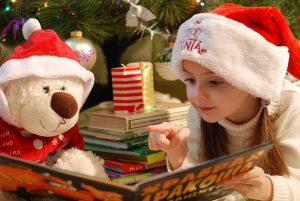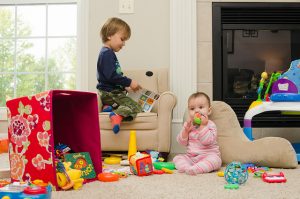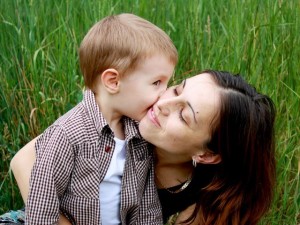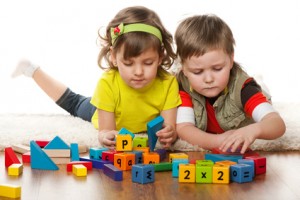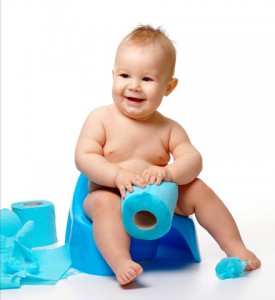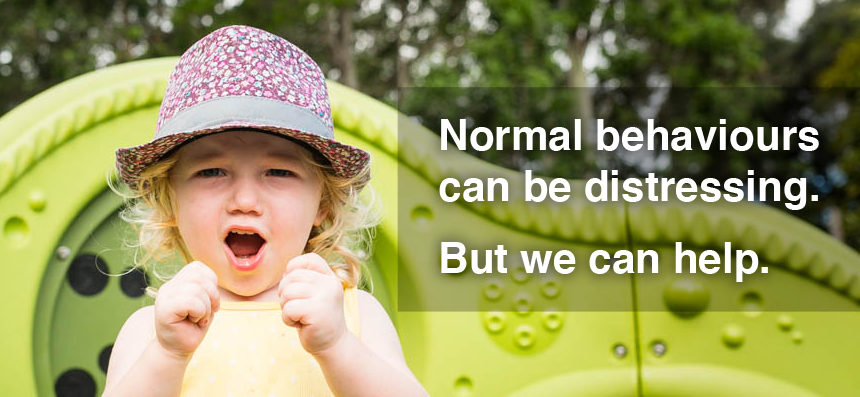Look at me NOW
It is fun to have fun,
But you have to know how!” (Dr Seuss, the Cat in the Hat.)
Knowing how to entertain toddlers can be one of life’s challenges. Their little characters are still growing and their span of concentration is very short. You need to be prepared and have a few little tricks up your sleeve to know how to keep them happily occupied. Dr Seuss always had some outlandish ideas for entertainment and just reading his books to your toddler will keep them occupied and engaged in the dialogue and the crazy pictures. The cat always had something to pull out of the box and create fun and games. He called it – fun in a box.
“I call this game fun-in-a-box.
Said the cat
In this box are two things
I will show you now
You will like these two things,
Said the cat with a bow.
It’s a good idea as parents of toddlers to have a box of ‘tricks’ that are activities you can draw upon to entertain your toddler in the holidays. Being prepared is the key. Get a box of ideas together and then if you need some extra help you can invite a play date to join in the activities. This is controllable and may even give you some quiet time as your toddler happily plays with an activity or another friend. As charming as thing one and two are in the Cat in the Hat story their box of tricks would play havoc with your home!
A suggestion box of games and realistic activities makes holiday entertainment manageable…
So what do you put in your box?
It is mainly an ideas box so perhaps a good place to start is with the ideas written up on a list for you to follow and get the best out of each activity.
Here are some activities using different facilities in your home. Toddlers love repetition, so see which ones were favourites and repeat them.
Be prepared to use:
Kitchen utensils, storybooks, DIY musical instruments, recycled paper and fantasy play.
- Kitchen utensils – What’s on the menu?
Play dough and biscuit decorating are firm favourites.
Play dough needs a good recipe that keeps so you have play dough on standby at any time. Add in your cookie cutters, rolling pins and a board or plastic place mat and you are set to go for great play dough fun. Kiddies cookie cutters and play dough sets are readily available and if you keep them in a container together you have play dough to use anytime.
What does play dough encourage?
Play dough is a great stimulator for little finger muscles and fine motor activities understanding about rolling, pushing, kneading, scrunching and pinching. Great opportunities for some fantasy role play with tea time ‘treats.’
Simple play dough recipe –
1 cup of flour, ½ cup of salt, 2Tbsp cream of Tartar and a Tbsp. of oil. Add 1 cup water and food colouring of your choice. Mix all together and cook on medium heat until it forms dough. When it has cooled sufficiently knead and store in a sealed container to reuse.
Biscuit decorating. If you are energetic and love the kitchen you can bake your own simple plain biscuits and cut out different shapes to be iced. If you want to get straight to the decor part then there are many brands of plain un-iced biscuits that will do the trick for decorating. A simple glace icing is easy to mix and add some food colouring. If you want the icing to be stiffer and dry hard then add a bit of egg white to the icing mix. Use your kitchen spatchela and teaspoons as spreaders and then a sieve to sprinkle icing on top. You can make funny faces with jelly sweets and liquorice or just go crazy with all kinds of candy decorations.
What does biscuit decorating encourage?
Fine motor skills, spreading pinching and putting in place with eye hand co-ordination and creativity and lots of finger-licking too!
- Story books – keep some favourites in your box.
Story books offer a wealth of activities as you read the story, discuss the pictures, remember little rhymes if there are any and even act out a story if you feel inclined. Some story books are such firm favourites the book has been memorised and if you try to deviate from the story you soon get put in your place.
What do stories encourage?
Language development, listening skills and concentration. Stories open a magical world of fantasy and also give children the opportunity to explore places they have never seen and learn about the world around them. There are wonderful pop-up books and flap books on the market that capture toddler’s imaginations. Keep that special pop-up book in your fun box and it will always be a winner.
- DIY musical instruments – bring in the band!
Make your own maracas.
You need some kitchen paper cups, some dried butter beans, and some tape and a dowel stick if you want a handle. You can also use a plastic jar with some dried beans.
Marker pens, stickers and stars as well as wool or ribbon to add decorations if you have time before the ‘shaken’ begins.
Decorate the paper cups and then put in the beans.
(Best used with toddlers who graduated from the ‘everything in the mouth stage’)
If you are having a dowel stick handle then push that through on cup at the bottom. Tape the two cups together and you have your maraca. Use a tin or plastic jar as an alternative. Then get ready to shake things up. Put on some favourite marching or dance music and away you go!
What do maracas encourage?
Noisy fun!! Marching and moving to a beat that helps with the idea of counting and rhythm. Use the sound and movement to help remember simple rhymes.
- Recycled paper – A chain reaction.
Making paper chains with paper strips cut from old magazines. This is a great way to put up some inexpensive decorations and if you keep paper strips and glue ready and waiting in your fun box you can watch the chains grow and then have the fun of hanging them up. Make strips wide enough for little fingers to work with and link up the chain as everyone joins in. Paper lanterns are also a fun addition to the chain and effective as mock lanterns along the chain.
What do the paper chains do?
Learning how to glue the end and wrap the chain round to make a circle is very good eye hand co-ordination for a toddler. Give help if necessary and show how the rings link together. Talk about recycling and saving paper even if it is a bigger adult topic. Paper tearing could be the initial part of the activity as you tear the pages out of the magazine.
- Fantasy play – clowning around.
Toddlers love acting about and so a few dress up clothes especially funny hats are a winner item in your fun box. Wigs, old handbags and funny shoes are also great dress up items. Add in some face paint or some silly masks and you have a whole clown show in the making.
What does fantasy play do?
Fantasy play and dressing up allows children to let go of their inhibitions and freely laugh at themselves. Acting out can get rid of frustrations and feelings of being restricted. Fantasy and make-believe are important parts of creativity and self-expression.
Now you have it – a box of fun and creative activity ideas. You won’t need to perform a mountain of tricks, you won’t like the Cat in The Hat have to…
“…hold up the toy ship,
And the little toy man
And look with my tail
I can hold a red fan,
As I hop on the ball,
But that is not all,
Oh no,
That is not all…
That is what the cat said –
Then he fell on his head!”
BUT…with your box of fun tricks, it will be said,
Have a great time without standing on your head!

